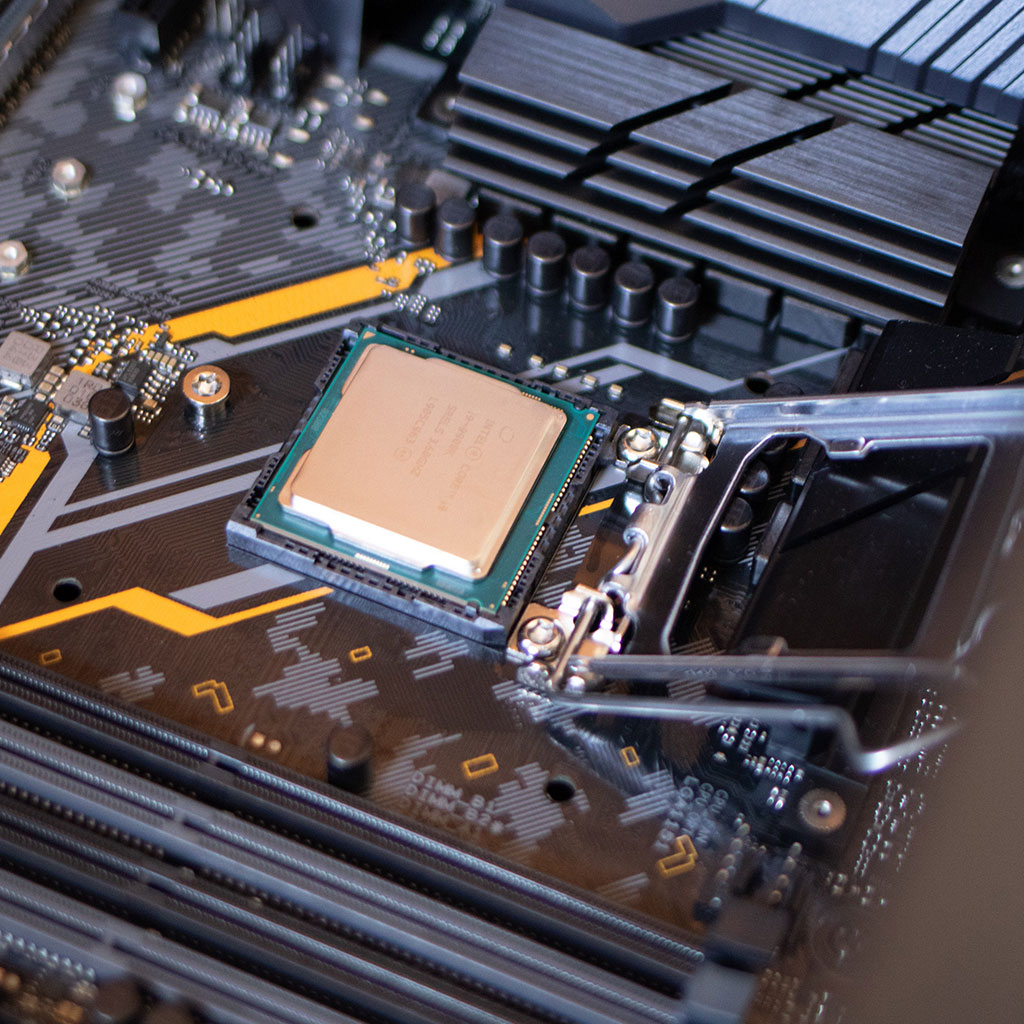How to upgrade iMac processor?
How to upgrade iMac processor?
Upgrading the processor on your iMac can enhance performance and extend its lifespan. Discover steps and considerations for upgrading the processor in your iMac to achieve improved computing power.
Unleash the Power: Upgrading Your iMac Processor!
Upgrading the processor in an iMac can significantly enhance its performance, but it’s a complex process that generally requires professional expertise and specialized tools. Here are the general steps involved:
Considerations Before Upgrading:
- Compatibility Check:
- Verify if the iMac’s processor is upgradable. Not all iMac models have upgradable processors. Refer to Apple’s official documentation or consult with a professional to ensure compatibility.
- Professional Help:
- Given the intricacies and risks involved in processor upgrades, consulting an Apple Authorized Service Provider or a professional technician with experience in iMac hardware upgrades is highly recommended.
Upgrading the Processor:
- Preparation and Safety Measures:
- Power off the iMac and unplug all cables. Place the iMac on a clean, static-free workspace. Use an ESD (electrostatic discharge) strap to prevent static electricity from damaging components.
- Accessing the iMac:
- Disassemble the iMac carefully, removing the display, logic board, and other components to access the processor. This process varies significantly based on the iMac model and requires specialized tools.
- Processor Replacement:
- Remove the existing processor from its socket. Install the new processor by aligning it correctly in the socket, ensuring proper orientation and alignment to avoid damage.
- Thermal Paste and Heat Sink:
- Apply high-quality thermal paste onto the processor before attaching the heat sink. Secure the heat sink properly to ensure efficient heat dissipation.
- Reassembling and Testing:
- Carefully reassemble all components, making sure all connections are secure. Power on the iMac and run diagnostic tests to ensure the new processor functions correctly.
Additional Notes:
- Warranty and Risk: Performing a processor upgrade on an iMac might void its warranty. It also carries risks, including damage to the iMac or processor if not done correctly.
- Specific Tools and Expertise: Processor upgrades for iMacs require specific tools, expertise, and in-depth knowledge of the iMac’s internal hardware structure.
Given the complexity and risks involved, most users might find it more practical to purchase a new iMac with the desired processor specifications rather than attempting a processor upgrade. Consulting a professional technician or authorized service provider remains the safest and recommended route for any hardware upgrades, including processor replacements, on an iMac.
How to reassemble the iMac after replacing the processor and make sure all components are secure?
After replacing the processor in an iMac, reassembling the device requires meticulous attention to detail to ensure all components are correctly secured. Begin by carefully placing the display glass back onto the iMac’s frame, ensuring it aligns precisely. Then, systematically reconnect all cables, including ethernet cables and power connections, making sure they fit snugly without excessive force. To enhance overall performance, users might consider complementary upgrades such as installing a solid-state drive (SSD), fusion drive, or a dual-drive configuration. Adding an external drive for expanded storage or RAM upgrades can further optimize the iMac’s functionality.
Compatible processors, particularly an applicable Core i5 processor, can significantly contribute to the iMac’s performance. Users should verify the compatibility of the new processor with the iMac’s base model and consider factors like power consumption and previous performance to gauge the potential boost in performance. Double-checking all connections and ensuring the CPU functions optimally post-upgrade are crucial steps to resolve any potential CPU-related issues. Proper reassembly of the iMac’s components, coupled with storage drive upgrades or RAM enhancements, can collectively contribute to an improved computing experience with increased speed and efficiency.
Conclusion
In conclusion, upgrading an iMac processor requires specific tools, expertise, and in-depth knowledge of the iMac’s internal hardware structure. Start by removing the existing processor from its socket. Apply high-quality thermal paste onto the processor before attaching the heat sink to ensure efficient heat dissipation. Reassemble all components correctly, double-check connections, power on the Mac and run diagnostic tests to ensure proper functionality. Consider complementary upgrades such as installing a SSD or RAM upgrade for improved performance. Finally, consult a professional technician or authorized service provider for any hardware upgrades on an iMac instead of attempting it yourself.





You must be logged in to post a comment.